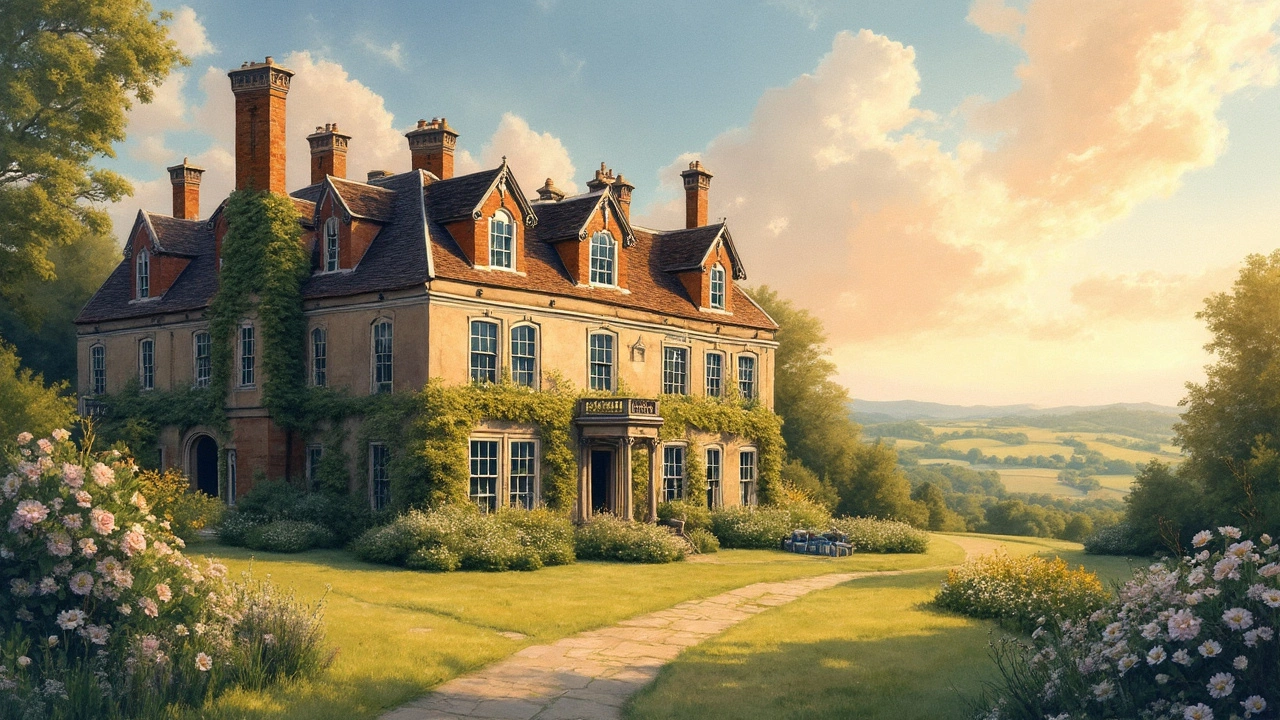Design features: How to spot and use architectural details
Small design features change how a building feels and works. Want to spot them and use them in your home? Read short, practical tips that link classic styles to simple upgrades you can try this week.
Look for five things first: rooflines, windows, entrances, materials, and ornament. Those elements tell you a style and suggest easy swaps. For example, a gambrel roof points to Dutch Colonial; tall narrow windows hint at Gothic Revival; a wide porch with tapered columns screams Craftsman.
Materials matter. Stone and heavy masonry often mean Romanesque or Beaux-Arts. Wood clapboard and symmetrical facades usually indicate Colonial or Greek Revival. If you want a dramatic upgrade without a full remodel, start by changing or celebrating material on one face of the house — paint, paneling, or a masonry veneer can shift the style.
Practical swaps to borrow classic looks
Want a Renaissance or Beaux-Arts feel? Add strong cornices and window surrounds. These trim pieces frame openings and make modest homes look intentional. You can buy pre-made cornices and install them above windows or the entry for a big visual lift.
Chasing a Craftsman vibe? Focus on porch details: square tapered columns, exposed rafter tails, and built-in benches. Those are cheap changes compared with structural alterations but they change how you use the front of the house.
If modern minimalism is more you, strip to clean lines: remove unnecessary moldings, choose plain window frames, and limit materials to two neutral tones. Minimalism in tech and interiors share the same rule — less clutter, clearer function.
How to spot authenticity and avoid cheap copies
Not every feature proves a building’s age. Fake columns and vinyl trim can mimic style but feel shallow. Authentic details fit the structure: heavy stone where load-bearing walls sit, deep-set windows in thick walls, and proportional moldings that match window scale.
Check construction logic. Roman engineering favored arches and concrete vaults for strength, so real Roman elements show curved openings and thick supports. Byzantine or domed buildings need radial structure; if you see a flattened fake dome, it’s styling, not structure.
Use small tests when renovating. Before swapping windows, measure reveal depth and wall thickness. Pick materials that suit the climate — wood in dry zones, treated or composite siding in wetter climates — to keep details lasting, not just pretty.
Think about light and scale. Gothic Revival aims for height and verticality; add tall slim windows or vertical board siding to suggest that feel. Baroque and Rococo prefer ornament and curves; a single ornate mirror, a curved stair railing, or decorative plaster around a fireplace can hint at that drama.
Finally, mix smartly. Revival styles work best when one dominant theme guides choices: choose one or two signature elements from a style and keep the rest simple. That gives personality without turning your home into a costume.
Start by picking one feature, sketching a plan, and testing it on a area. Need style ideas? Browse our posts for inspiration.

Decoding Italianate Architecture: Unveiling Its Distinct Style
Italianate architecture is a style that emerged in the early 19th century, characterized by its picturesque aesthetic and classical details. Originating from Italy's rural villas, it spread to become a popular style in many European countries and the United States. Key features include low-pitched roofs, tall windows, and decorative brackets under wide eaves. This architectural style often incorporated local materials and building techniques, adapting to various climates and regions. By understanding the distinctive elements of Italianate architecture, one can appreciate the beauty and innovation of this timeless style.
Read more